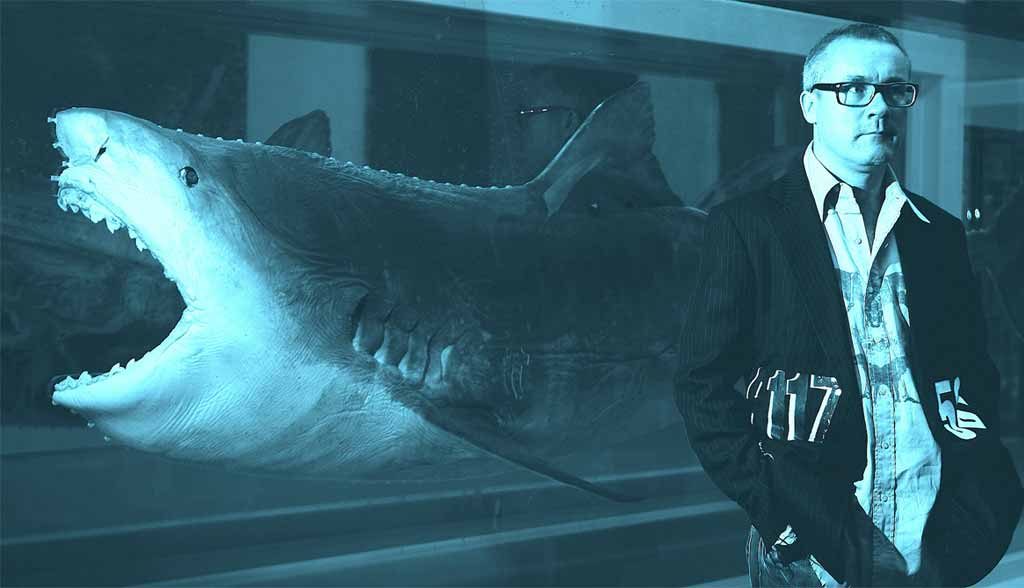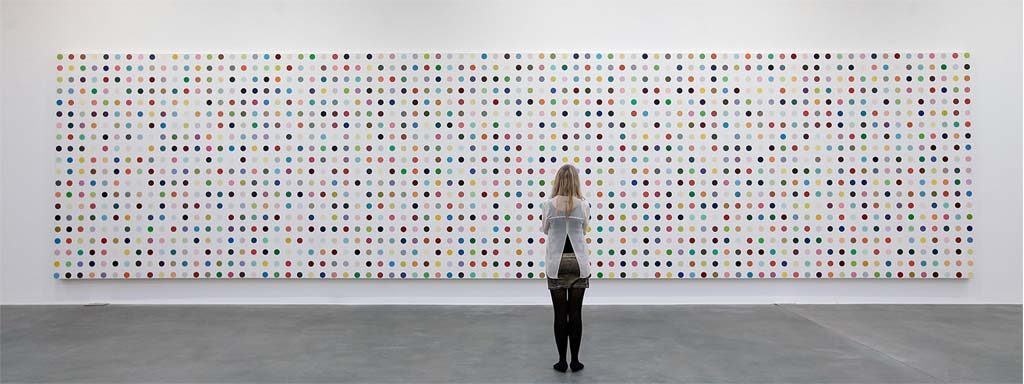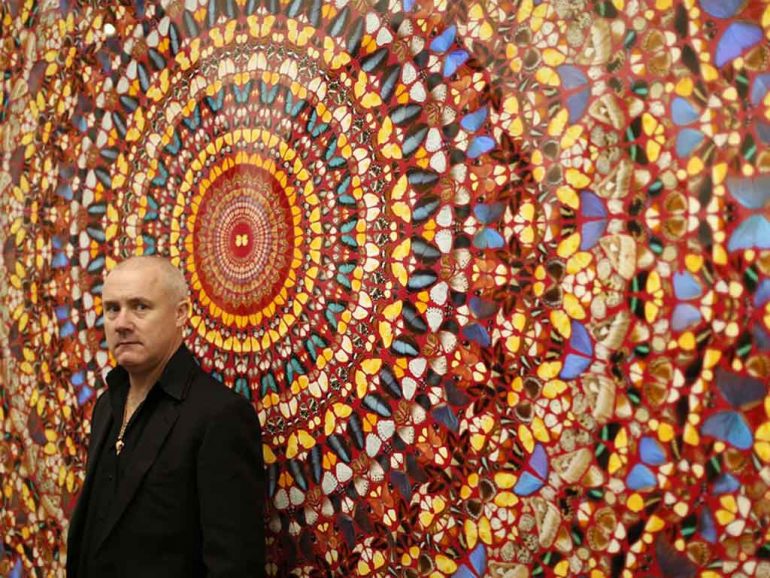Just as times have changed, so have the constitutions of what makes art… Art. Many types of art have evolved and blossomed – from the hyper realistic portraits, to the inexplicable free flow of abstract, to the controversial modern art we see today – to the extent that artwork has made us question:
Why in the world is this even considered art? In lieu of that, where does conceptual art stand?
Conceptual art ‘focuses on the thought processes’ or the idea of a concept rather than the final product; with that, it has an indefinite range to express itself. What makes conceptual art different is that it liberates itself from the definition of art that we have known or made for ourselves. Most would not consider it art.
Why? Because it doesn’t fulfill or reciprocate the commercialized tradition of popular use of mediums amongst the likes of pencil, charcoal or paint.
But what we forget is that art can be anything and everything. Art has no boundaries, and conceptual art embraces that. It conveys the message it wants using any medium or material that can best depict the original concept.

It can look like and be anything – from Jeff Koons 43 ft sculpture of its name ‘Puppy’ , to Lawrence Weiner’s ‘A Rubber Wall Thrown on the Sea’ which is a display of these words in blue sans-serif lettering, to Damien Hirst’s notorious shark preserved in formaldehyde solution called “The Physical Impossibility of Death In the Mind of Someone Living” in 1991.
When we look at an art piece, we understand it through our own interpretation and understanding. It doesn’t fit the ‘traditional art world.’
The work of a modern artist, Paul Branca was thrown in the garbage by the cleaning lady because she mistook the contents of his installation as trash; even Damien Hirst’s installation of bottles and cigarettes fell to the same fate.
If we look at a puzzling contemporary artwork, we come up with an explanation that deviates from the intention. When we get a hint through the title, either we’re lucky enough to leave satisfied with the actual explanation, or are left even more confused and compelled to hear how it connects. When the concept of the artist is finally explained, we have a groundbreaking revelation that makes us question everything we know or of something important that we needed reminding of.
This brings us to think of none other than one man: Damien Hirst.

Amongst his works of preserved animals in formaldehyde solutions reinforced by perplexing titles stands the most recognized and game changing of them all – the fear inducing shark. At first glance, we’d have thought “Oh look, a shark! Is it even real? Why is it here?” When we realize that it’s not just a shark in an aquarium then we’d associate the shark with a symbol of terror or perhaps underwater hierarchy only to be thrown off by the complex intention of the artist that follows a completely unexpected direction.
Death. Decay. Rotting. Hirst describes the shark titled “The Physical Impossibility of Death In the Mind of Someone Living” as a symbol for the inescapable fate that just like the shark has deteriorated over time, no preservation or maintenance will overcome our mind and memory falling into the oblivion of forgetting.

Damien, while being a brilliant representation of conceptual art at its best, is just the tip of the iceberg.
It leaves a platform for creative thinkers to present their revolutionary ideas to the art world in any way they deem fit; a platform for creativity to take its true form – limitless and liberated.










